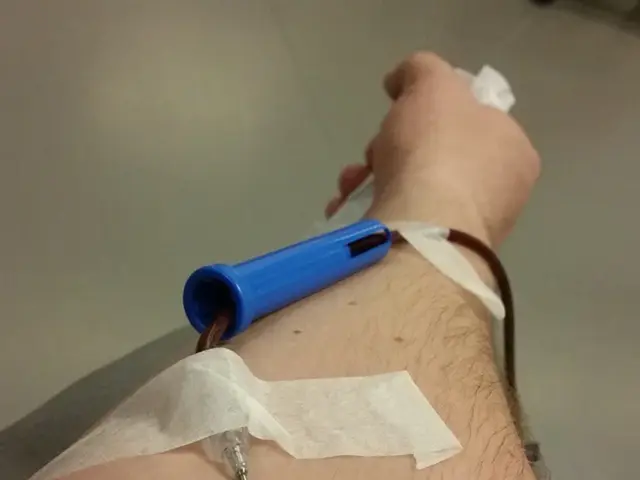PET Scans Revolutionize Medical Imaging, Detecting Diseases Early
Positron Emission Tomography (PET) scans have emerged as a game-changer in medical imaging, offering unparalleled insights into the body's internal workings. This non-invasive technique revolutionizes the diagnosis and management of various diseases, from cancer to neurological and cardiovascular disorders.
PET scans detect cancer at early stages, even before symptoms appear, enhancing treatment outcomes. The process involves injecting a radiotracer, which emits positrons. These collide with electrons, producing gamma rays that a large, doughnut-shaped PET scanner detects, generating detailed, 3D images.
The history of PET scans traces back to the early 20th century, with key advancements in the 1950s and 1960s. Gordon Brownell and collaborators developed early versions, while the first commercial PET scanners were introduced in the 1970s. Today, PET scans help identify and monitor diseases like cancer, neurological disorders, and cardiovascular disease. Combining PET scans with other imaging modalities, such as CT or MRI, provides a more comprehensive understanding, enabling personalized treatment plans and improved patient outcomes.
PET scans reveal areas of high metabolic activity, including cancer cells, inflammation, brain function, and heart function. They also stage cancer, determine disease extent, and monitor treatment effectiveness. In neurology, PET scans diagnose and monitor conditions like Alzheimer's, Parkinson's, brain tumors, and epilepsy.
PET scans, with their ability to visualize and measure cellular activity, have transformed medical imaging and patient care. By detecting diseases early and aiding in treatment planning, they improve patient outcomes and quality of life.




